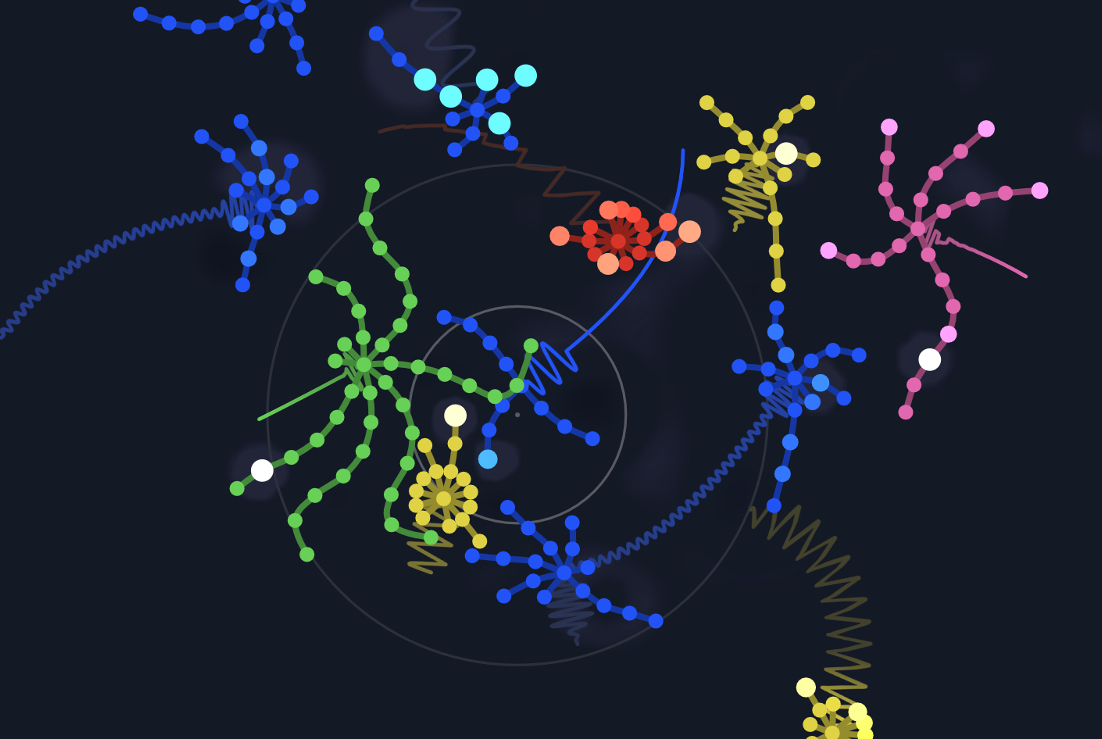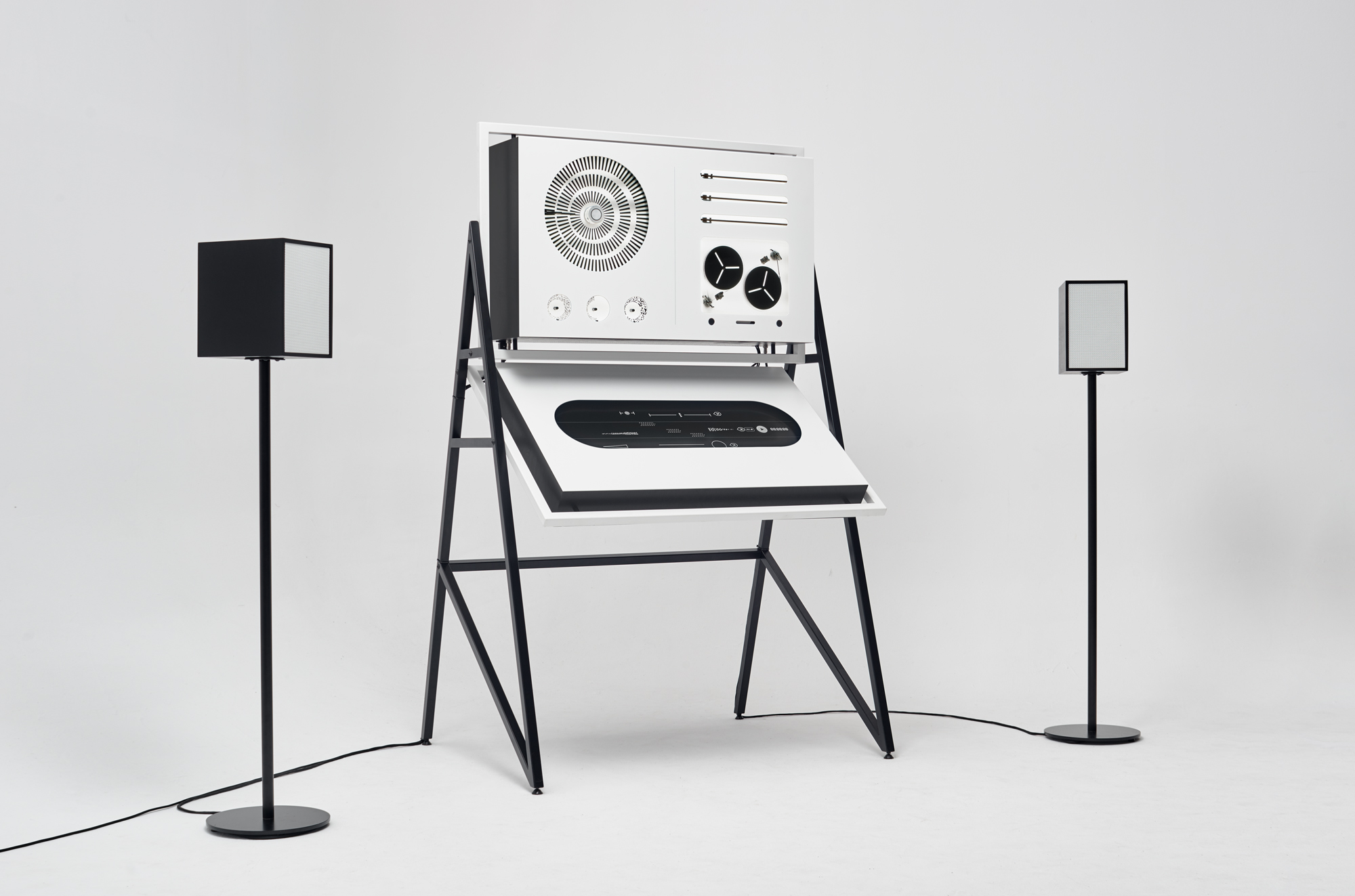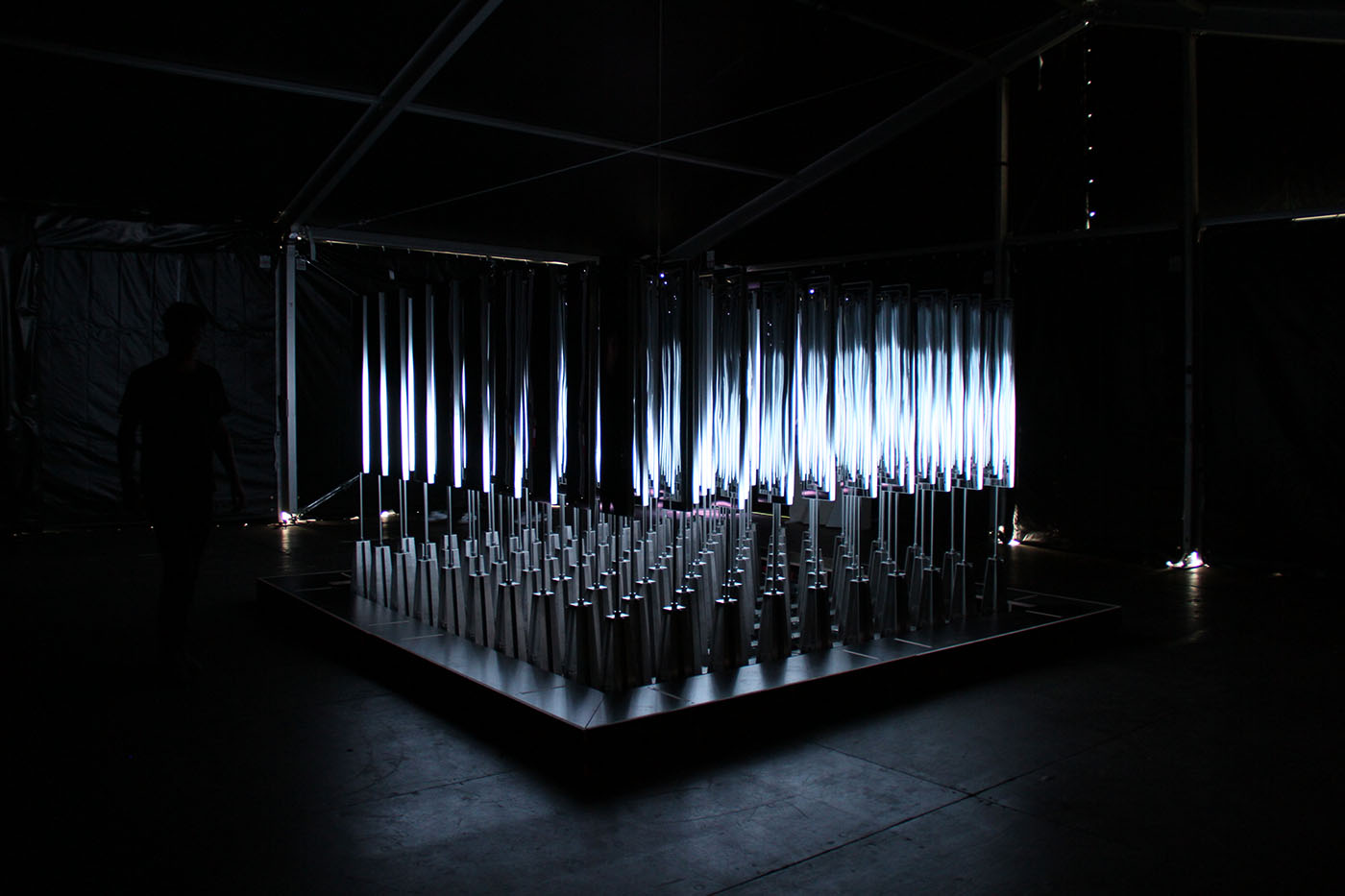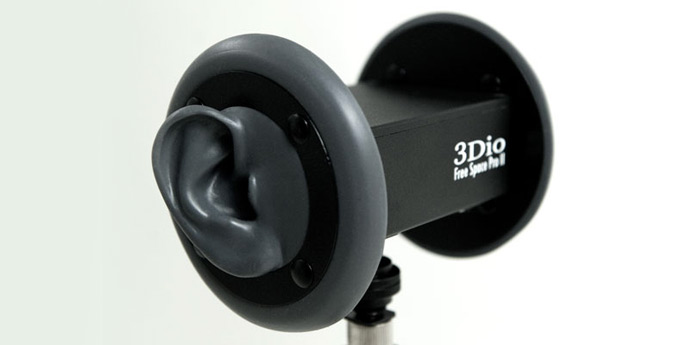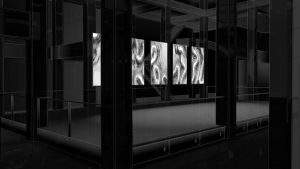
Meandering River is a collaboration between Funkhaus Berlin and onformative that saught to represent the fast-moving world through gradual, rhythmic movements rather than a snapshot. onformative used a custom-written algorithm that reinterprets fluctuating river patterns based on the sounds that are generated form the river. They take this data to then generate a colorful river landscapes (that are changing real-time) and project them onto screens. This type of data visualization is common amongst onformative’s works, which can be found here :

Another onformative project that can best exemplifies sound art is its project titled Porsche Blackbox. In this project onformative takes the sounds from a blackbox in a Porsche and uses that data to visualize what driving the vehicle was like at that time. Their work has really inspired me to explore what artists can do with data like sound, or even other senses that are not sight related.
More on the Porsche Blackbox project is in this link below:
![[OLD FALL 2018] 15-104 • Introduction to Computing for Creative Practice](../../../../wp-content/uploads/2020/08/stop-banner.png)
